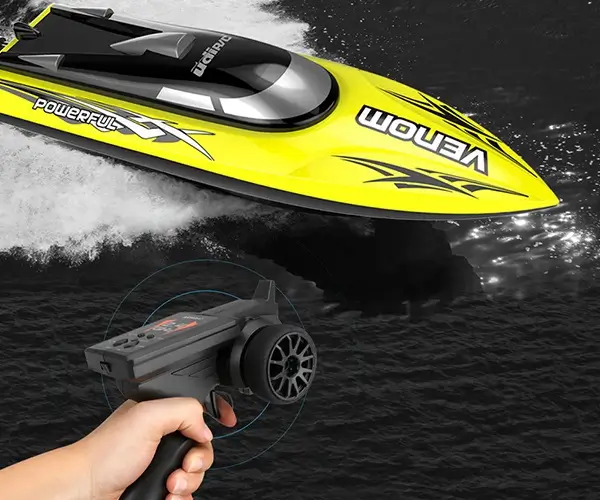Imagine this: you're tinkering with a robotic arm, a drone, or maybe a smart conveyor system. What makes everything move smoothly? That's where brushless DC motors come into play. They're the heartbeat behind many precision devices—silent, efficient, and highly controllable. And if you want to get serious with automation, understanding how a brushless DC motor servo works isn’t just nice, it’s essential.

First off, let’s talk about the real magic: why brushless? Traditional motors, the brushed kind, wear out pretty fast—they need maintenance and can generate sparks or electrical noise. Brushless motors ditch the brushes altogether. Instead, they use electronic commutation, which means fewer parts to wear out and more reliability. Their design offers high torque, lower maintenance, and better efficiency, making them perfect for applications that demand both power and precision.
Now, focusing on servos—these are like the orchestra conductors of motor control. They don’t just spin; they spin to a command, hold position, and adapt to changing loads all in a flash. When you pair a brushless DC motor with a servo controller, you're essentially giving your project a brain, allowing it to respond seamlessly to input signals. It becomes capable of fine-tuning its position, speed, or torque with remarkable accuracy.
One question that pops up often is about the control method. How does the system know where the motor is and how much to turn? The trick is in the sensor—most commonly, Hall sensors or rotary encoders. They provide real-time feedback, which the control system uses to adjust current flow precisely. Think of it like GPS for the motor: it always knows exactly where it’s at. That’s how you get those precise movements, whether it’s moving a robotic arm to a specific position or controlling the tilt of a camera gimbal.
If you’re considering integrating a brushless DC motor servo into your project, think about the power requirements, the voltage range, and the size constraints. Some models are incredibly compact, suitable for small gadgets, while others pack more punch for industrial automation. The key is choosing a motor that matches your load requirements and control complexity.
Customer testimonials often highlight how easy it is to tune these systems once you understand the basics. There’s a bit of a learning curve at first, especially with wiring and feedback loop tuning, but the payoff is worth it. Smooth, responsive control that feels almost intuitive. It’s like telling your machine, “Just do what I want,” and watching it do it seamlessly.
In a nutshell, brushless DC motor servos are game-changers. They elevate automation possibilities, enhance longevity, and deliver precision that once was tough to achieve. Are you ready to take your project to the next level with a reliable, high-performance motor? Those choices will shape how smoothly your automation runs, how long it lasts, and how accurately it performs. Dive in, experiment, and see the endless possibilities unfold.
Established in 2005, Kpower has been dedicated to a professional compact motion unit manufacturer, headquartered in Dongguan, Guangdong Province, China.




































